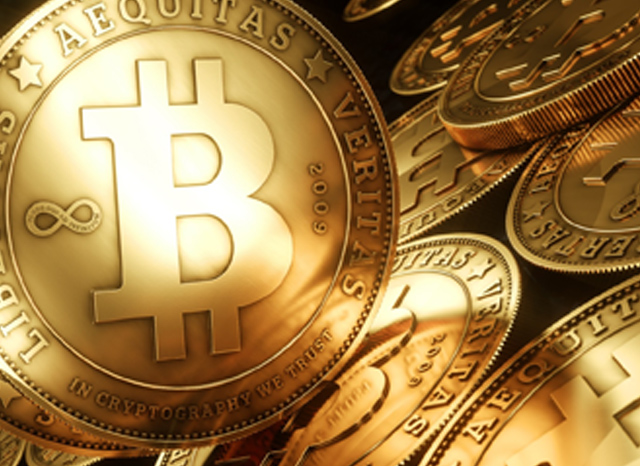Are virtual currencies reality or illusion?

Last week's U.S. Senate hearings on virtual currencies may, in time, be seen to be a significant step in legitimizing virtual currencies.

Bitcoin's value soared off the back of Senator Chuck Schumer's "endorsement" highlighting the potential for a new payment platform and the rise of alternative currencies and Federal Reserve chairman Ben Bernanke's earlier statement that such currencies "may hold long-term promise, particularly if the innovations promote a faster, more secure and more efficient payment system".
But a cautionary note inevitably follows as regulators continue to struggle with how virtual currencies will be regulated and law enforcement agencies warn of the danger of illegal use. Within days of all this optimism, a collapse in the yuan-denominated market for Bitcoins in China, triggered by a wave of panic and profit-taking, brought investors back down to earth.
In addition, virtual currencies face competition from other digital payment initiatives. As reported in ZDNet last week, PayPal expressed the view that digital wallets could be more successful than Bitcoin to become the biggest payment innovation since credit cards and ATMs.
Mondex, 20 years ahead of its time?
In the early 1990s, two executives (Tim Jones and Graham Higgins) at the U.K. bank, National Westminster, invented Mondex, a form of electronic cash. Mondex’s strap-line at the time (which I remember well, as I was involved in that initiative) was "Mondex, the alternative to cash". The Mondex initiative was ambitious with global aspirations. The Mondex card system was proclaimed as "the only electronic cash system in the world to operate with a single technology allowing for cross-border payments. It allows up to five different currencies to be carried on the card at any one time in separate electronic pockets".
Although Mondex was hugely innovative, it did not succeed in delivering on its ambition. Perhaps it was 20 years ahead of its time.
Read this
The interesting reality is that, despite all the considerable advances in technology over the last 20 years and the significant spread of globalization, we are still talking about the potential of virtual currencies and digital payments.
The biggest challenge to virtual currencies and digital payments is persuading large numbers of people that these payment methods are a genuine alternative to cash. There is undoubtedly a market for both innovations and in time they will become part of mainstream commerce and every-day life. Regulators and law enforcement agencies will continue to agonize over how these payment methods can be controlled and legitimate use ensured--but innovations will always present these challenges
At the end of the day, success of virtual currencies will be determined by market confidence and ubiquity. Innovation in payments is exciting but at some point in the payment life-cycle, there will be a desire to "cash-out" and, as a consequence, cash remains king in the eyes of many. According to the U.S. Federal Reserve there was US$1.22 trillion in circulation as of 20 November, 2013. That's an awful lot of cash to compete with.